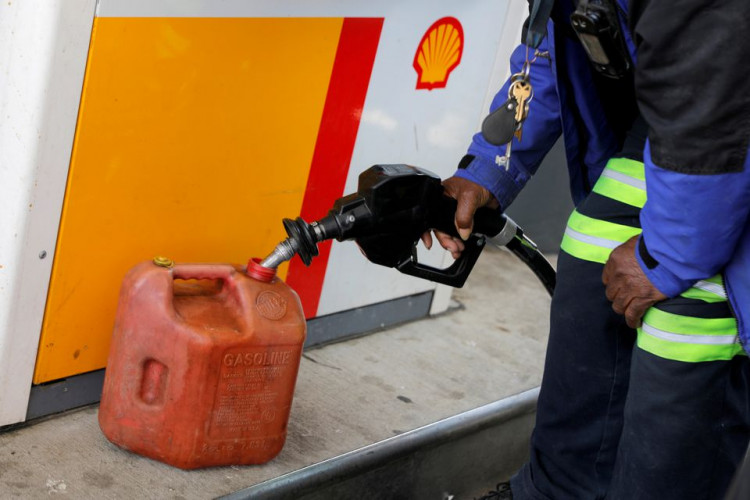Average gas prices in California hit a new record high of $4.676 per gallon on Sunday, beating the previous record of $4.671 per gallon set back in October 2021.
American Automobile Association data showed that the average gas price in the state was just a penny away from beating the record on Friday. It then tied the record on Saturday before shooting past it on Sunday. As of Sunday, the national average climbed slightly by $3.413 per gallon. California currently has the highest gas prices among all the other U.S. states.
Corporate Communications Manager of the Automobile Club of Southern California, Jeffrey Spring, said ongoing supply chain issues had contributed greatly to the recent surge in gas prices throughout the state. He said there is currently a "supply crunch," but it should correct itself in the coming weeks as refineries in Northern California get back up to full capacity.
The AAA has attributed the recent surge in prices to heavy rainstorms and other weather-related disruptions, which have pinched production capacity. The agency also attributed the price hike to higher global crude oil prices and the sudden surge in demand for fuel following the COVID-19 pandemic.
In some areas in Northern California, prices are pushing near $5 per gallon. In California's Humboldt County, average gas prices reached $4.968 per gallon. In the Bay Area, gasoline stations sold fuel at more than $4.80 per gallon.
The AAA said that while Californians are used to paying much higher prices for gas, the recent surge is unusual for some. The association said that compared to a year ago, drivers in California are now paying $1.50 more per gallon. For a family with a typical midsize sedan, this would equate to about $21 of added cost for each fill-up.
AAA spokesperson, Doug Shupe, said that prices do typically fall off after Labor Day as people conclude their summer vacations and children are back in school. However, this year is apparently different as people are continuing to travel, increasing the overall demand for fuel.
As global fuel demand rises and providers are unable - or unwilling - to supply additional oil, gas prices have been gradually rising throughout the year. Despite a 65% increase in oil prices this year, U.S. oil output is around 14% lower than it was at the end of 2019 when COVID-19 first started to spread.
Gas prices have risen to seven-year highs, and Wall Street banks are predicting oil costs of $100 or even $120 per barrel.
Analysts said oil and gas prices have not yet stabilized, and prices are going to head downward eventually. Analysts said the current prices might be hitting resistance levels, and it will just be a matter of time before a correction, barring any other supply and demand issues.





